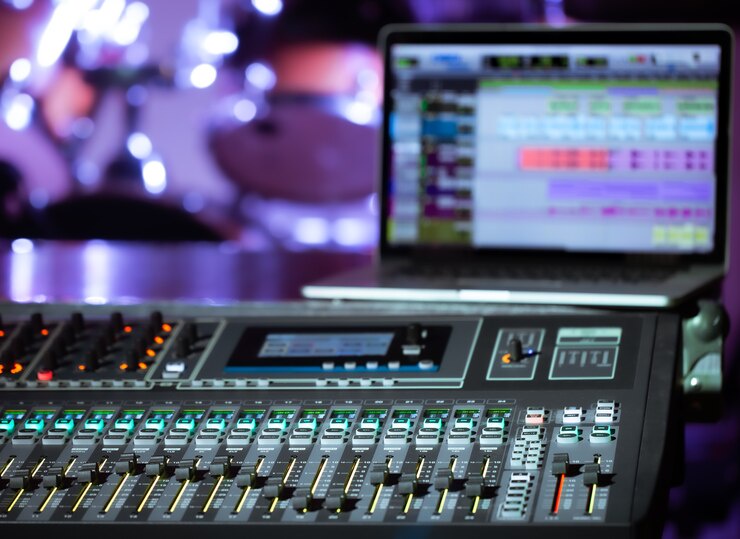Effective facility management is vital for creating efficient, productive, and comfortable spaces in workplaces, educational institutions, and other facilities. One of the key factors in achieving this is optimizing space utilization. Audiovisual (AV) integration plays a significant role in maximizing the utility of spaces, from meeting rooms and classrooms to open workspaces and beyond. In this article, we will explore how AV integration can optimize space utilization in facility management.
1. Flexible Room Configurations
AV integration allows for versatile room configurations. With the use of movable partitions, modular furniture, and AV technology, spaces can be easily reconfigured to accommodate different types of events or activities. For example, a room designed for small meetings can quickly transform into a larger space for presentations or workshops. This flexibility ensures that space is used optimally, minimizing the need for dedicated rooms for specific purposes.
2. Real-Time Space Monitoring
AV systems can provide real-time data on space occupancy and utilization. Sensors, cameras, and occupancy tracking technology can monitor how spaces are used. Facility managers can access this data to make informed decisions about space allocation, usage patterns, and the need for adjustments. This data-driven approach helps in optimizing spaces based on actual usage rather than assumptions.
3. Reservation and Scheduling Systems
AV integration allows for the implementation of reservation and scheduling systems. Users can book meeting rooms, classrooms, or shared spaces through a digital platform. These systems can automatically release rooms when they are not in use, preventing spaces from being booked but left idle. Such automation ensures that spaces are available for those who need them, enhancing space efficiency.
4. Digital Signage and Wayfinding
Digital signage and wayfinding solutions, integrated with AV technology, can help guide people to available spaces. Interactive displays and signage can show real-time room availability and direct individuals to the nearest open space that meets their needs. This feature reduces time wasted searching for available rooms, ensuring that spaces are used more effectively.
5. Remote Collaboration Solutions
AV integration extends to remote collaboration solutions, allowing people to work together even when not physically present in the same space. Video conferencing, virtual meeting rooms, and collaborative tools enable remote work and collaboration, reducing the need for physical space. This flexibility optimizes space utilization by accommodating a distributed workforce.
6. Smart Lighting and Climate Control
AV systems can integrate with smart lighting and climate control systems. These systems can adjust lighting and temperature based on room occupancy. Unused spaces can have reduced energy consumption, and resources are allocated efficiently, contributing to sustainability and cost savings.
7. User Experience Enhancement
AV technology enhances the user experience, making spaces more inviting and functional. Interactive whiteboards, high-quality displays, and intuitive control interfaces ensure that people can utilize spaces effectively. When users have a positive experience in a space, they are more likely to use it efficiently.
8. Remote Monitoring and Support
Remote monitoring and support capabilities provided by AV integration allow for proactive maintenance. This ensures that AV equipment and technology in spaces are always in working order. Downtime is minimized, and spaces remain available for use, improving efficiency.
9. Data-Driven Decision-Making
AV integration provides valuable data that facility managers can analyze to make informed decisions. By reviewing room occupancy, peak usage times, and patterns, managers can optimize spaces for better efficiency. Data-driven decisions help in identifying underused areas and reallocating resources accordingly.
10. Space Utilization Analytics
Space utilization analytics are a significant part of AV integration for facility management. These analytics provide insights into how spaces are used, including which rooms are frequently booked, how long meetings typically last, and which spaces are underutilized. Facility managers can use this data to make data-driven decisions about space design and allocation.
In conclusion, AV system for facility management is a valuable asset for optimizing space utilization. The flexibility it offers in room configurations, real-time space monitoring, reservation systems, and data-driven decision-making ensures that spaces are used efficiently. With the right AV technology, facility managers can create smart, adaptable spaces that meet the ever-evolving needs of modern workplaces and institutions while minimizing waste and enhancing user satisfaction.


No comments yet